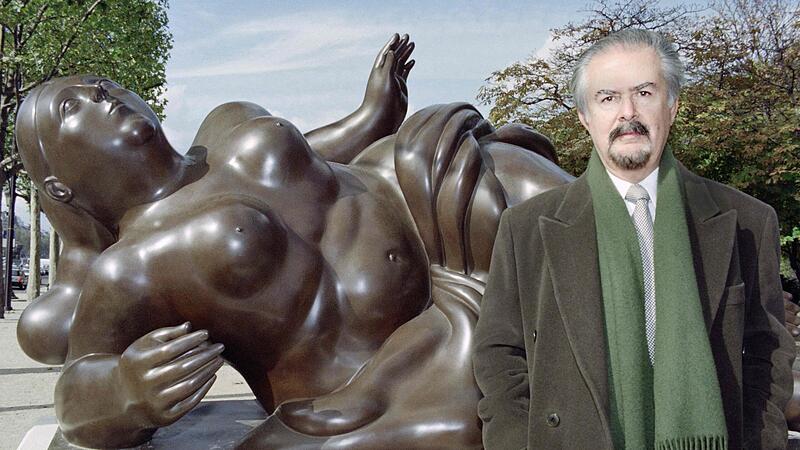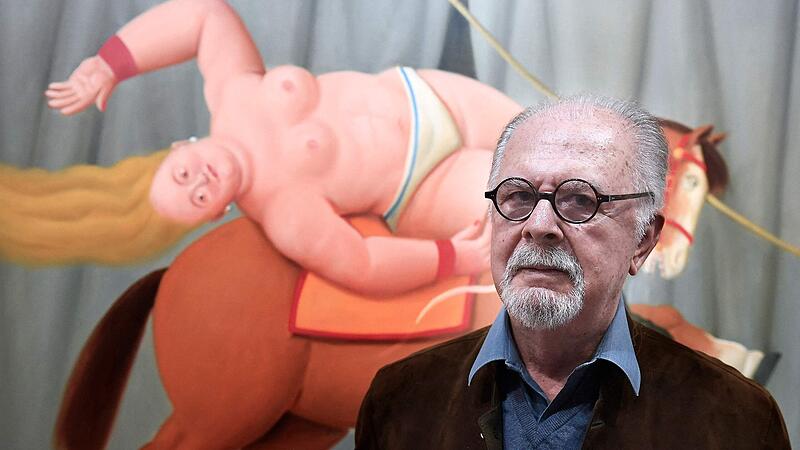Image: APA/AFP/BORIS HORVAT

Image: APA/AFP/BERTRAND GUAY

Image: EPA
The important contemporary sculptor and painter Fernando Botero is dead. The Colombian known for his rounded figures died at the age of 91, President Gustavo Petro announced yesterday. Petro praised the artist as a “painter of our traditions and mistakes, painter of our virtues.” In his hometown of Medellín, 23 bronze sculptures donated by Botero form a special open-air museum in the “Plaza Botero”. The “Museo Botero” in the Colombian capital Bogotá houses 123 of his works. His paintings and sculptures can be seen temporarily or permanently in countless museums, on streets and squares around the world and attract hundreds of thousands of visitors. In Austria, the Colombian’s works have been exhibited in the Vienna Art Forum, for example.

Image: APA/AFP/BERTRAND GUAY
Botero dealt with everyday life in South America, Catholicism, bullfighting, but also violence and corruption flowed into his work. After the accidental death of his young son Pedro, he created many works in his memory. With the “Abu Ghraib” series, Botero dealt with the horror of the torture practices of US soldiers in Iraq.
His works often emerged from memory after Botero left Colombia for the first time in 1952 and ultimately lived mainly in Monte Carlo and Pietrasanta.

Image: EPA
While Botero’s works reach record prices today, he grew up in poor conditions after his father’s early death. An uncle who was enthusiastic about bullfighting sent the boy to the torero school. However, he preferred to draw the bullfighters rather than fight with the bulls. He soon worked as an illustrator for the newspaper “El Colombiano”.
With the money for an art prize he won in Bogotá, Botero traveled to Europe, studied the old masters such as Velázquez and Goya in Spain, and was fascinated by the Italian Renaissance.
more from culture
“No Netrebko”: Protests against the soprano’s performance in Berlin
Tips for young people: New worlds
Martin Grubinger: “I always put the pressure on myself”
“The revolution eats its children”
: Nachrichten
I am an author and journalist who has worked in the entertainment industry for over a decade. I currently work as a news editor at a major news website, and my focus is on covering the latest trends in entertainment. I also write occasional pieces for other outlets, and have authored two books about the entertainment industry.




